
Cape Crusaders: An Epic Cruise Round The Fjords Of Patagonia
On a memorable cruise in Patagonia, Jo Kessel discovers virgin fjords and mighty glaciers, graceful condors and comical penguins
My Patagonia cruise begins with an unlikely instruction: “You’ll need to do the cha-cha-cha.”
This makes more sense when a crew member explains that the three-step move is the best way to enter and exit the ship’s Zodiac expedition boats – one step on the rubber rim, the next on the box beneath, the last inside the vessel itself. And we’ll be doing this on our first adventure, the very next day.
I’m aboard Ventus Australis, the newer of the two 200-guest ships operated by luxury expedition line Australis, and we’re about to depart for a four-day voyage to Tierra del Fuego, the wild region of islands, fjords and mountains in Chilean Patagonia, right at the southern tip of South America.
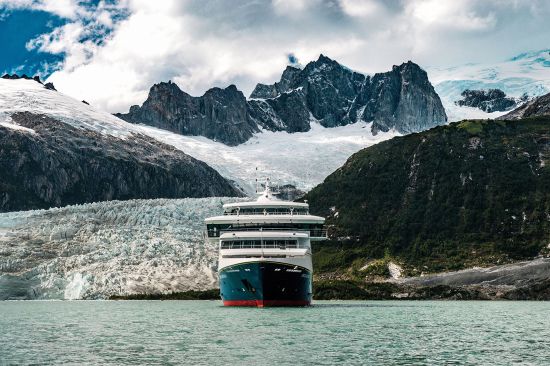
Ventus is only two years old and still looks immaculate. The decor is a stylish blend of old and new, the luxurious modern bed in my cabin juxtaposed with nautically themed antique-style furnishings. But it’s the picture windows that really grab the attention, with floor-to-ceiling glass in the staterooms and lounges alike.
As we set sail across the Magellan Strait, leaving the twinkling lights of civilisation behind, it’s not just the scenery that gives us goosebumps – it’s the stories that go with it. This stretch of water is named after Ferdinand Magellan, the Portuguese explorer who came here in 1520 – exactly 500 years ago – while making the first-ever circumnavigation of the world. Charles Darwin was here, too, aboard HMS Beagle in 1832 (he described the climate, with delicate understatement, as ‘damp and boisterous’).
So I’m following in the footsteps of great explorers – as I remind myself next morning when I pull on a lifejacket, and cha-cha somewhat apprehensively into a Zodiac.
I needn’t have worried – and the moment we step safely on to the beach at Ainsworth Bay, I get my reward. “Look!” cries Vicky, our guide. And there, swooping majestically overhead, is an Andean condor, the largest flying bird in the world.
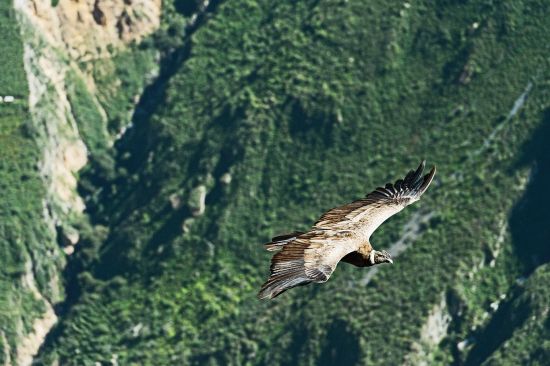
Taking a deep breath of pure air, I look around me. The scenery is wild and the sea is a deep blue, framed by snow-capped mountains and huge skies. Apart from our small party, there is not another soul in sight. Truly, this feels like the end of the earth.
I’ve chosen the harder of two excursions, and we’re split into groups for the 90-minute hike up a moraine which, a century ago, was covered by a glacier. The terrain is tricky so we help each other negotiate squelchy mud, rocks and gorse.
As we go, we learn about the local vegetation: one berry is used to make Chile’s favourite cocktail, the pisco sour. Another was used by the ancient Mapuche tribe as a medicine. When we reach the summit, more condors are there to greet us, flapping their impossibly long, graceful wings.
The itinerary on this cruise allows for two excursions on most days, but all stops are weather-dependent – none more so than our planned visit to Cape Horn on the final morning. Here, at the very tip of South America, the notoriously rough waters have claimed an estimated 10,000 lives over the years. “Landing is likely but by no means guaranteed,” we are warned.
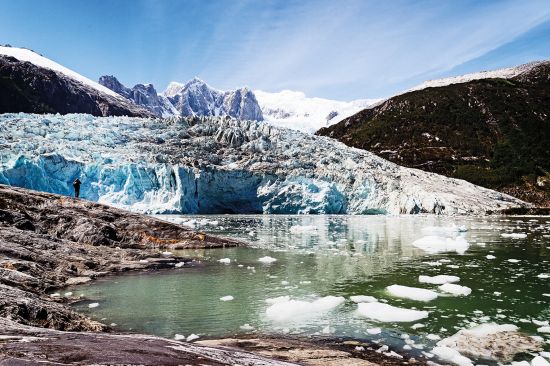
So far, however, the weather is benign, and at each destination, there’s a choice of activities, from educational ambles to physical challenges. I take the hardcore option at every opportunity, simply because the more calories I burn, the more I can enjoy our ship’s superb cuisine.
Lunch is a buffet, though calling it that hardly does justice to the likes of Parmesan asparagus, king crab soufflé and smoked salmon salad. Dinner is a four-course, waiter-served feast accompanied by unlimited (and excellent) Chilean wine. Think Mexican ceviche followed by broccoli cream soup, Magellan lamb shank and Baileys panna cotta. Heaven!
My fellow guests hail from at least 20 different countries – though Americans are in the majority – and because we’re sailing in December, when Australis allows under-17s to travel free, there are lots of families on board, too.
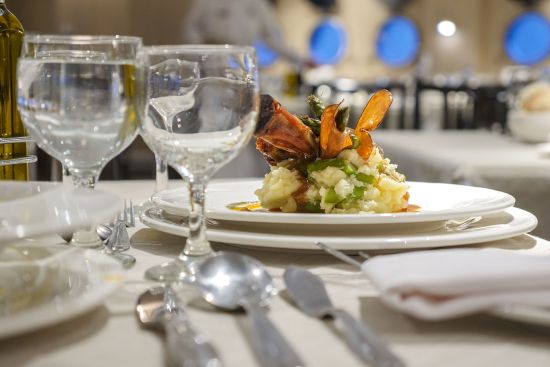
One thing we must all get used to is living tech-free, because in this part of the world there is no wi-fi, no phone signal, nada. If at first this is hard, it turns out to be a positive because it leaves us more time to watch glaciers floating past and dolphins frolicking around the ship. Plus there are expedition lectures about global warming and the ecology of the Patagonian icefields to attend.
Most of the time, however, we’re out and about on-land adventures. One afternoon we visit a penguin colony where everyone oohs and aahs, charmed by these waddling, strangely humanoid birds. Another day I climb through the Patagonian forest to a summit from where the ship is just a tiny speck below.
My favourite destination, however, is Pia Glacier. Unlike so many others, this one is advancing instead of retreating. It sits dramatically before us – a sheer, jagged, ice-blue testament to the power of Mother Nature. Small chunks from it float in the sea as we approach and even bigger chunks calve from its edge, crashing into the water. Our mission is a boulder-clamber to the side of it, and once we’re up high and looking down on Pia from a new perspective, the ice on top looks almost fluid, as if it’s in motion.
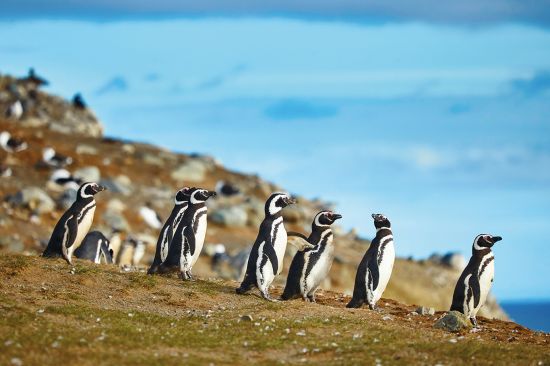
Throughout it all, one question hovers in the back of our minds – will we make it to Cape Horn? As dawn breaks over calm seas on our final day, we have our answer. And so we join the privileged few to have set foot at the continent’s southernmost tip – the last land before Antarctica. It’s a real ‘pinch me’ moment.
As the cruise draws to a close and we do our final cha-cha-cha, passengers chat about where they’re off to next. Some have plans to explore more of Argentina, where the voyage finishes, while others, like me, began their trip with stays in Santiago and Punta Arenas, where it started.
What we all have in common, however, is that none of us wants it to end. There are very few cruises where you don’t see another soul, apart from your shipmates, for the entirety of the voyage, and that has made this one truly special. But be warned: once you’ve experienced the thrill of being at the end of the world, you may not be in a hurry to get back to where you came from.
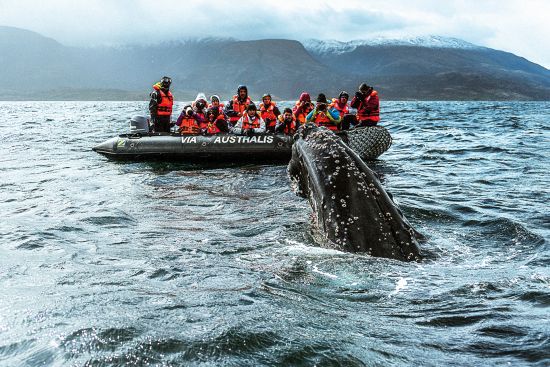
Our cruisers’ verdict
Paul Roxburgh, 49, from Kent, UK
“This ship gets where others can’t reach, and because I’ve always wanted to come to Patagonia, this cruise is perfect. I’ve brought my teenage sons and we’re enjoying the history of Tierra del Fuego and looking forward to Cape Horn. We’ve loved the hikes, the wildlife and taking photos in such a remote and beautiful part of the world. It’s surreal to think that there’s nothing but sea separating us from Antarctica.”
Laura Moreno, 30, from Padova, Italy
“I’m on my honeymoon. We didn’t fancy a beach holiday but we really like adventure, so as we’ve already done a cruise to Alaska, and my husband really wanted to come to South America, we decided on Patagonia. It turned out to be the perfect choice because we love ice and glaciers, and the Pia Glacier hike was amazing. We’re having fun and are really excited about seeing Cape Horn, fingers crossed!”
Get on board
12-night cruise & stay in Chile and Argentina, including 4 nights aboard Ventus Australis, via Strait of Magellan, Pia Glacier and Cape Horn, plus 2 hotel nights in Santiago and 3 nights in Buenos Aires, departing 2 April 2020, from £4,342 including internal flights, excursions and most meals, journeylatinamerica.co.uk
